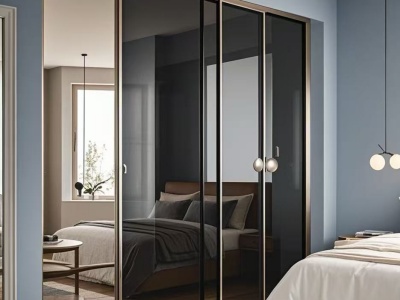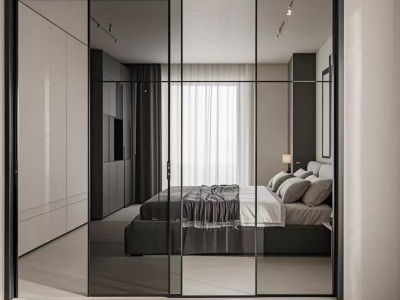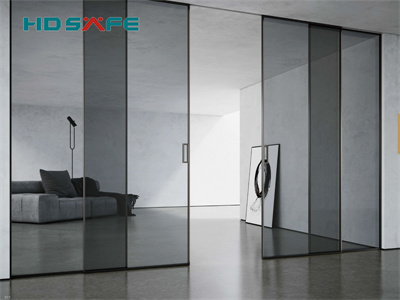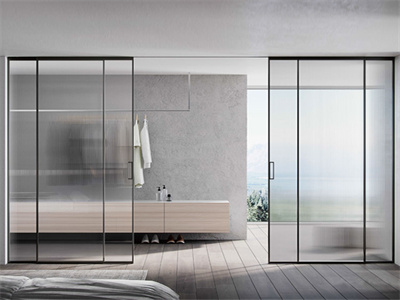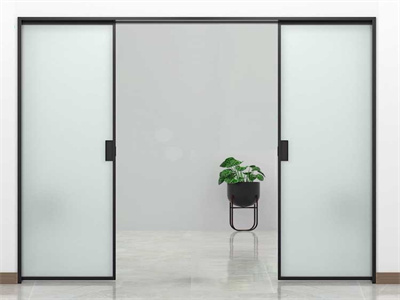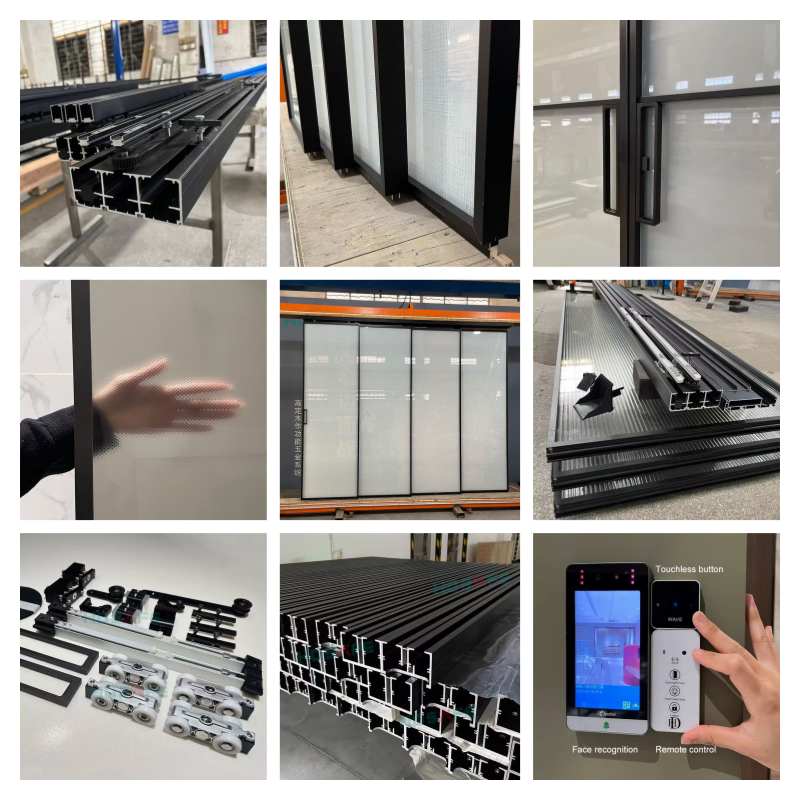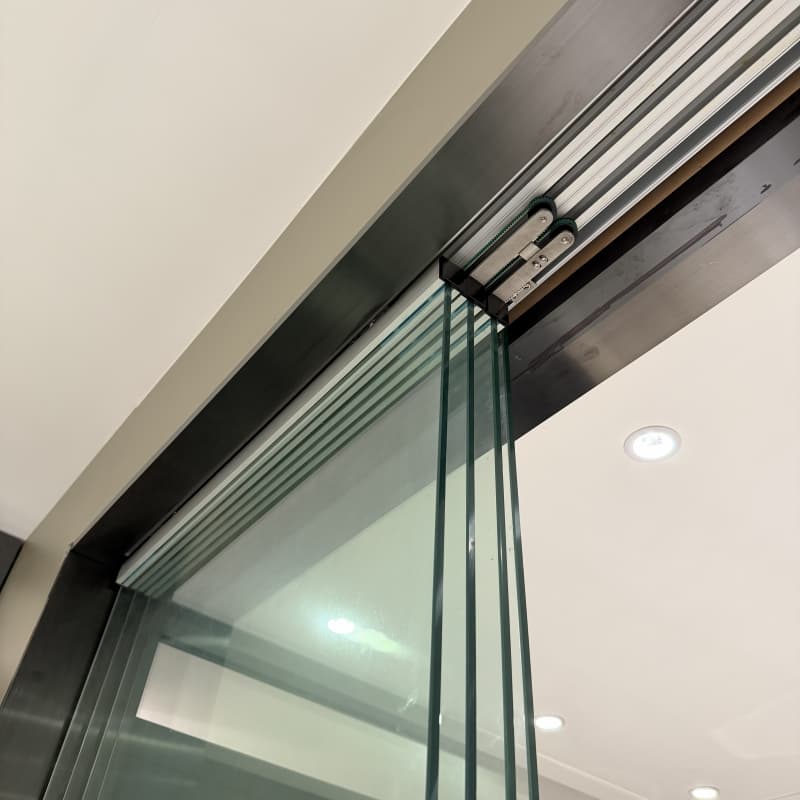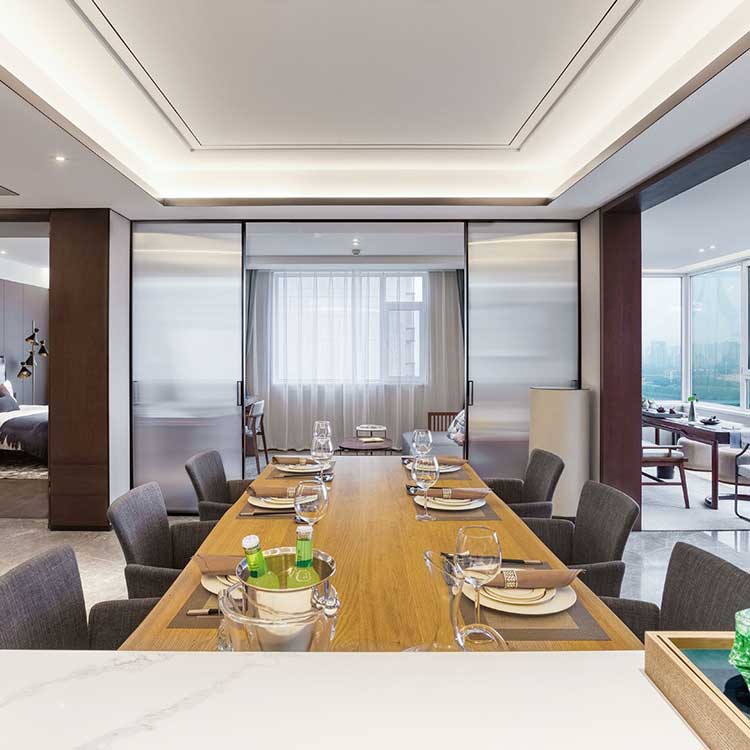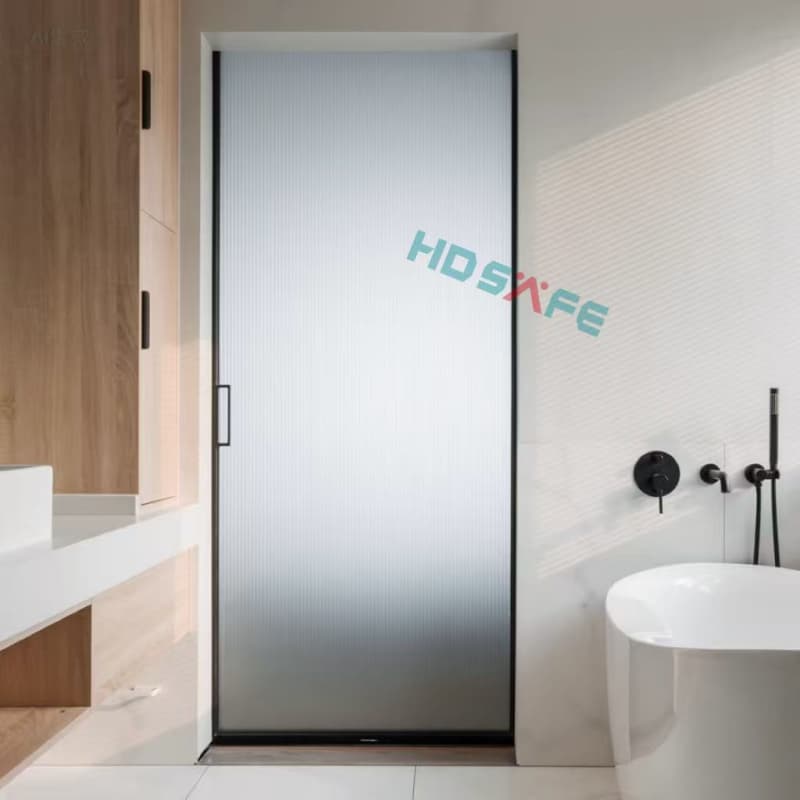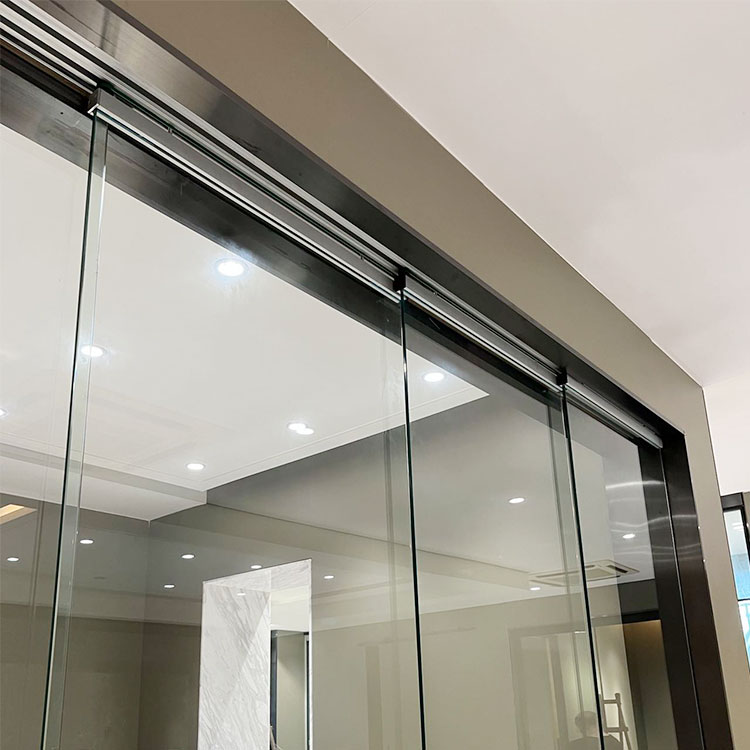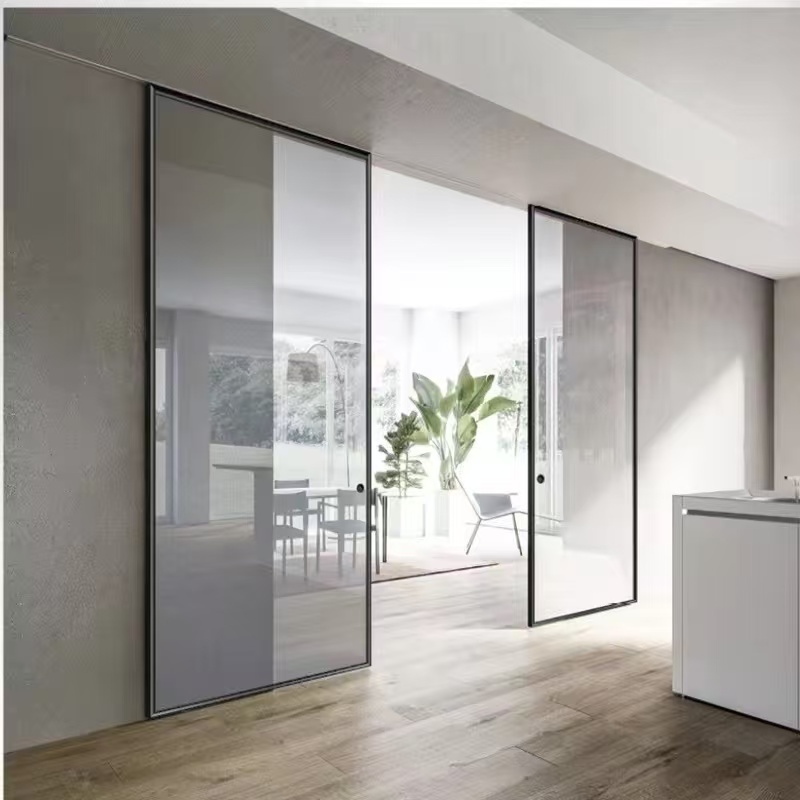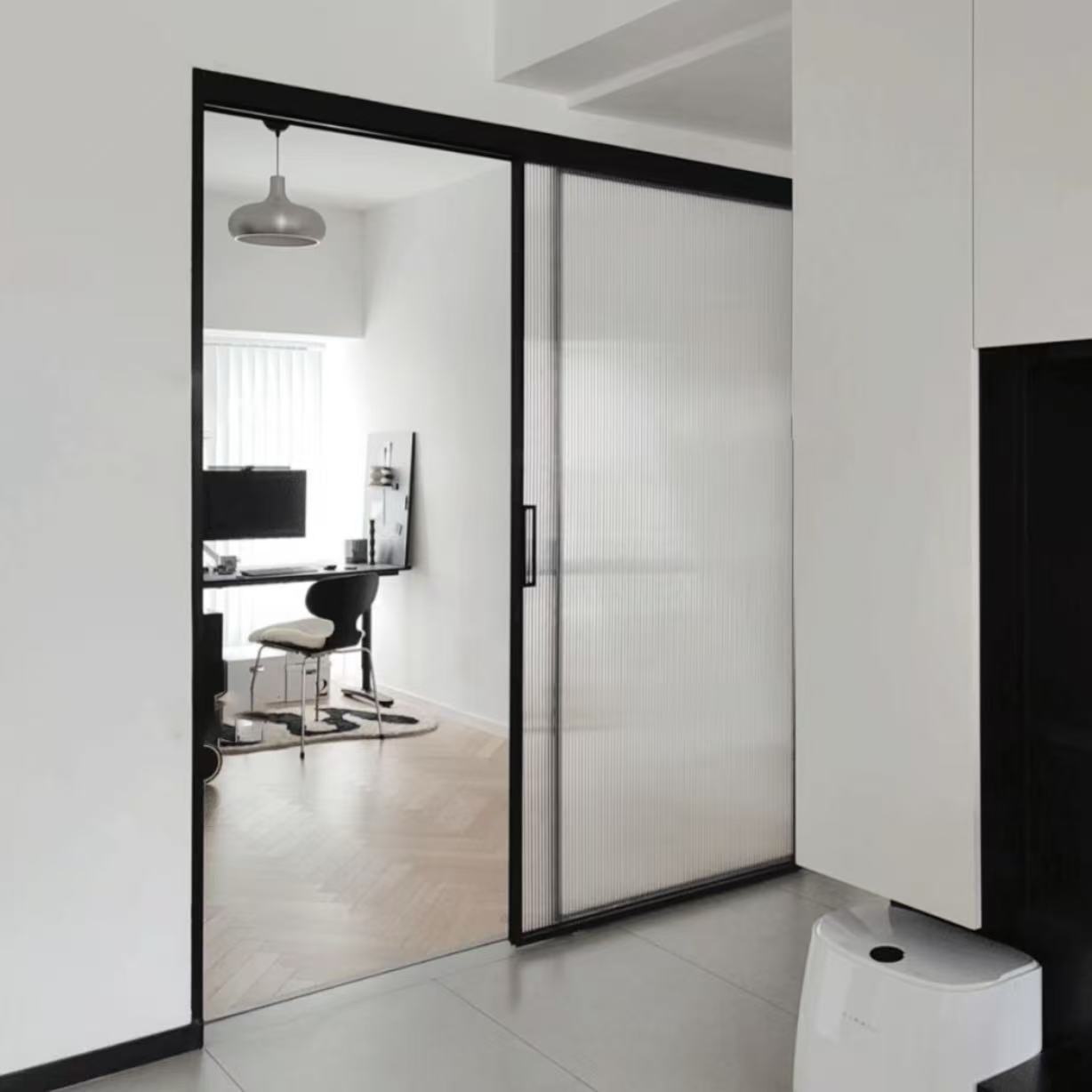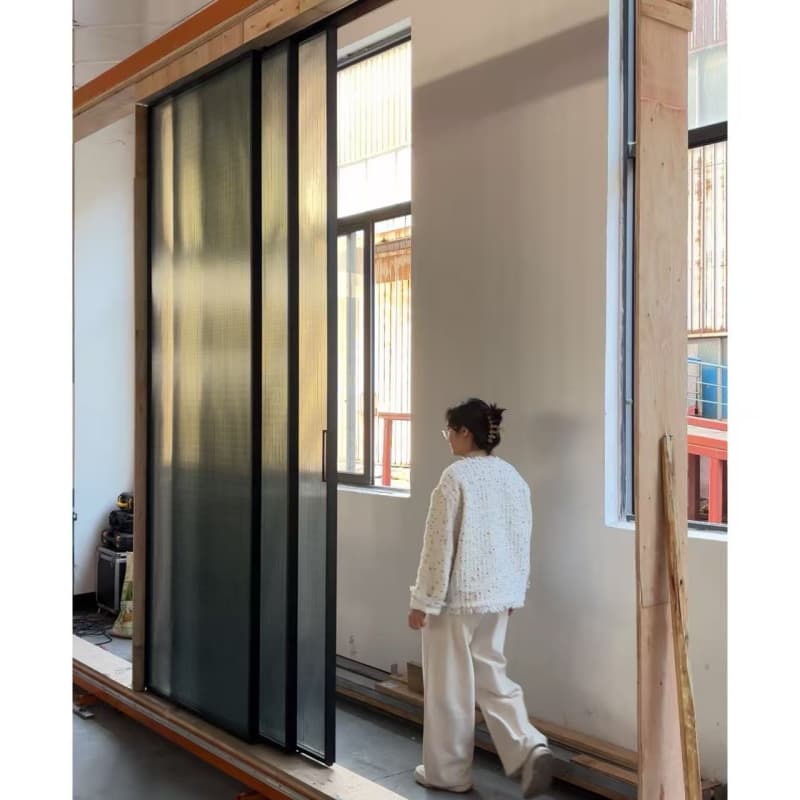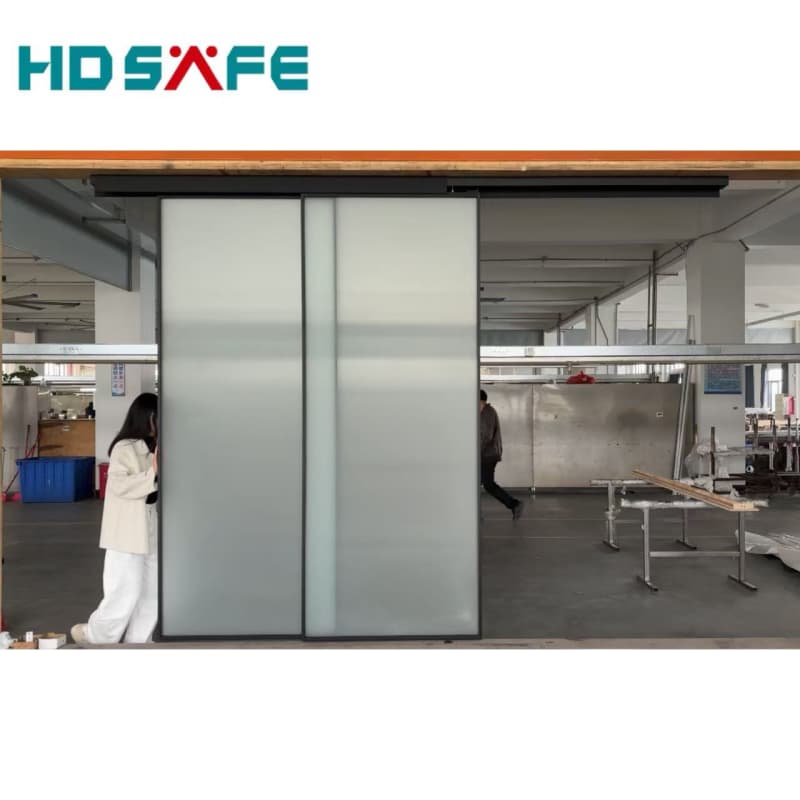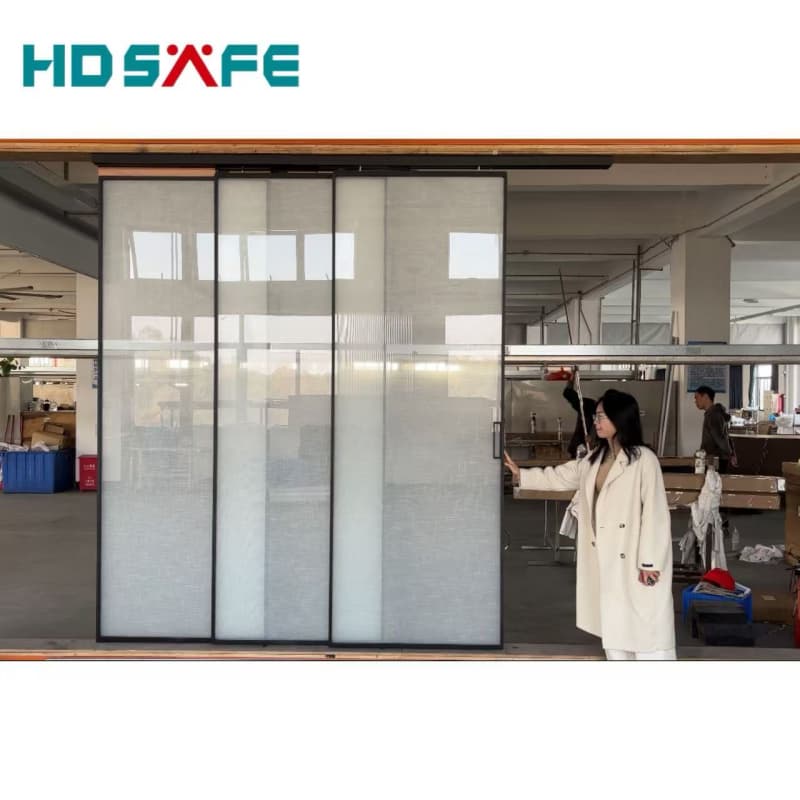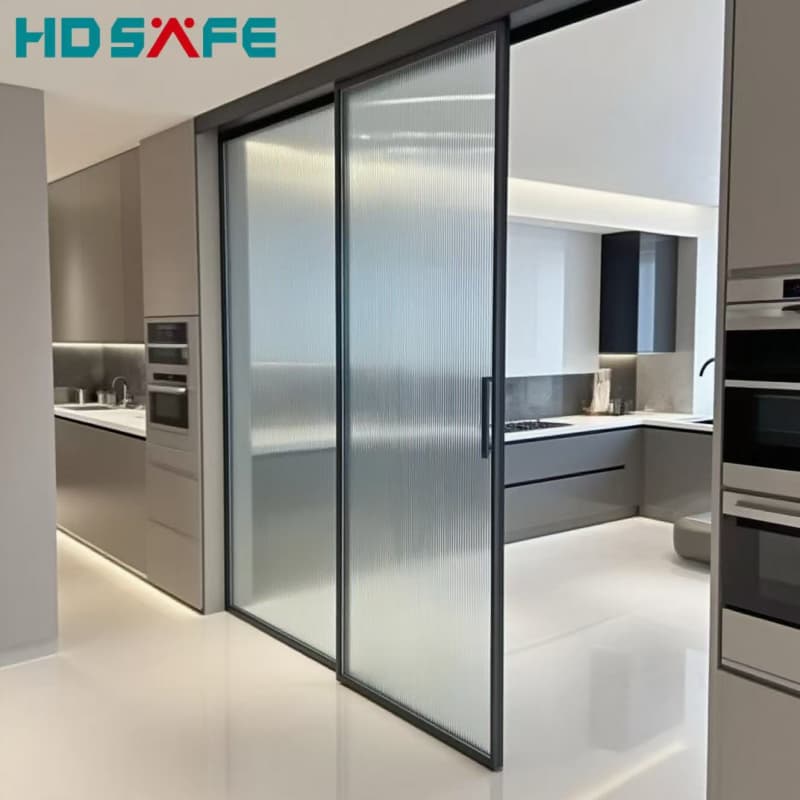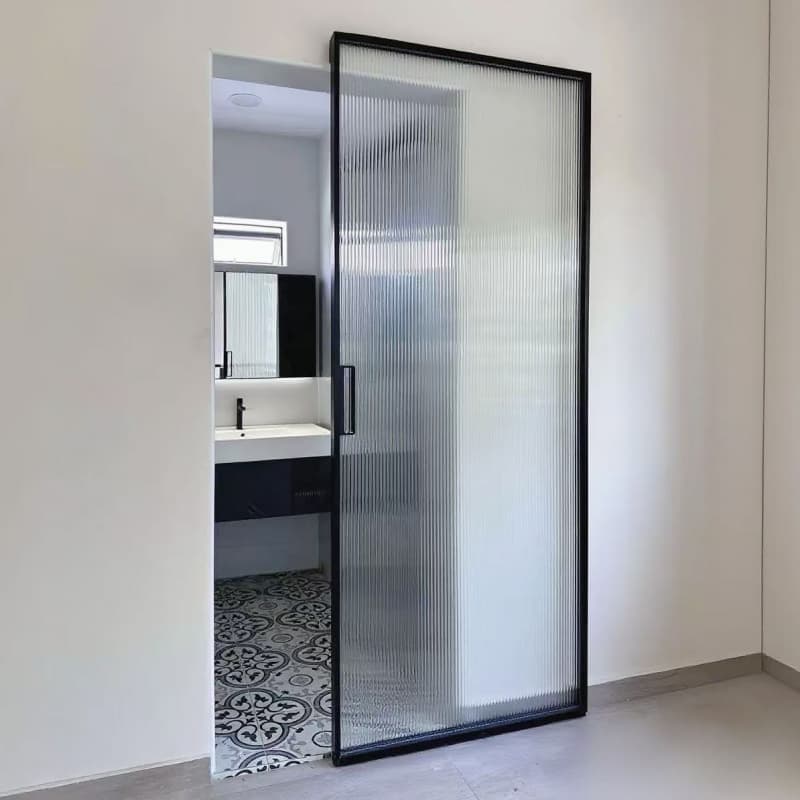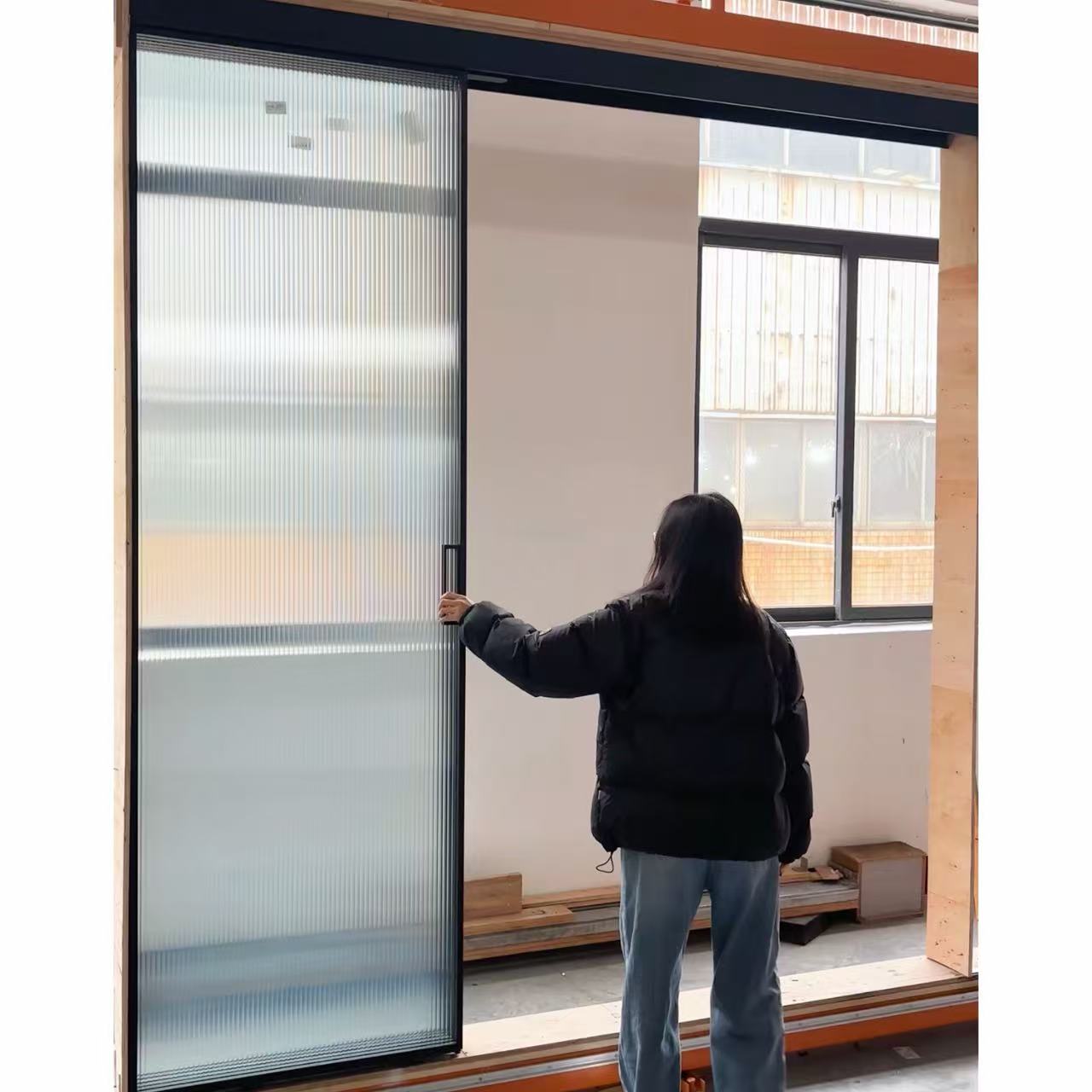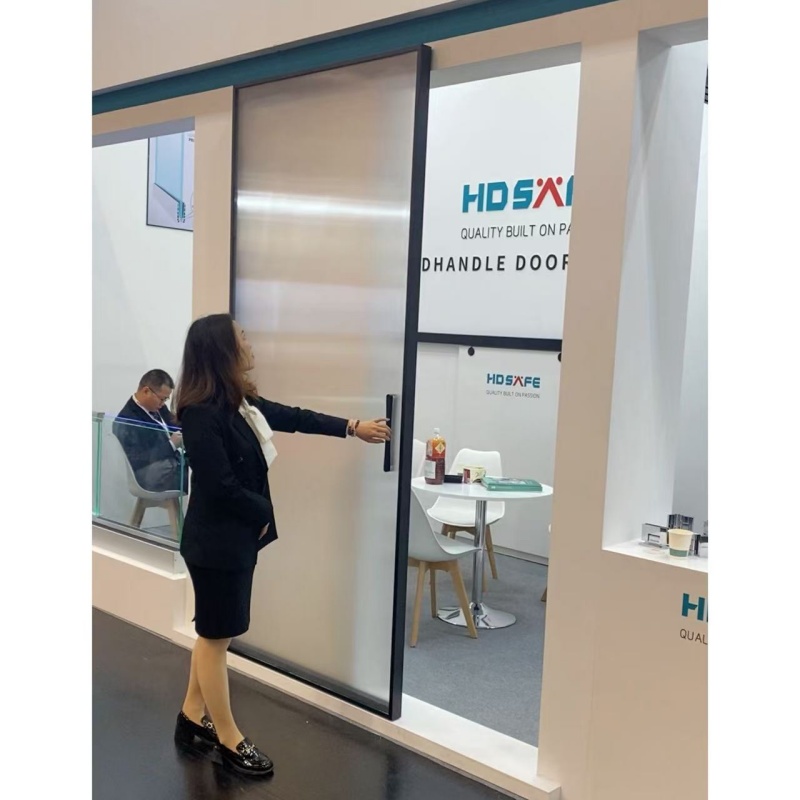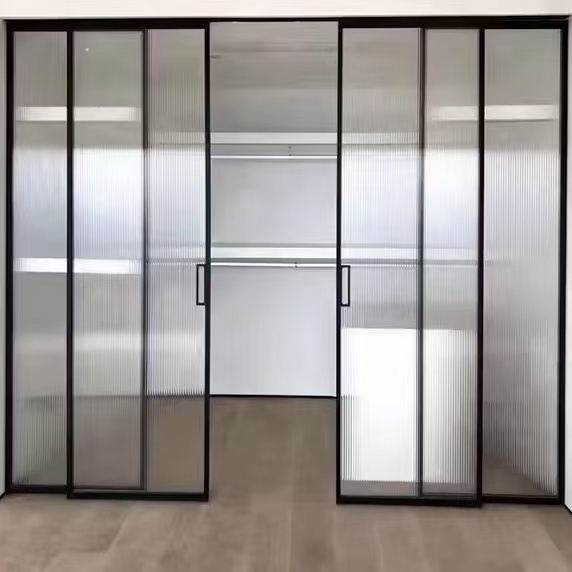Automatic Glass Sliding Doors: The Silent Architects of Modern Mobility and Architectural Elegance
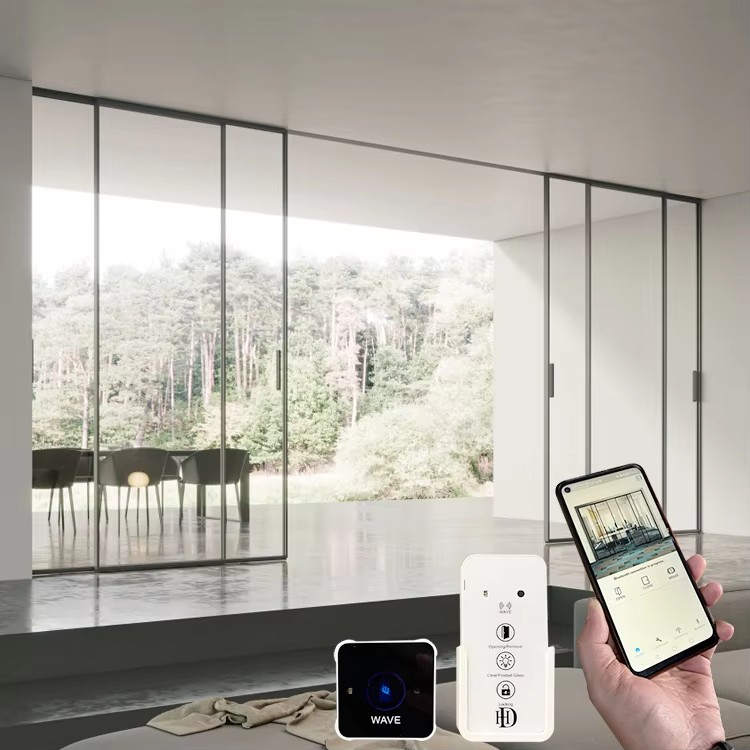
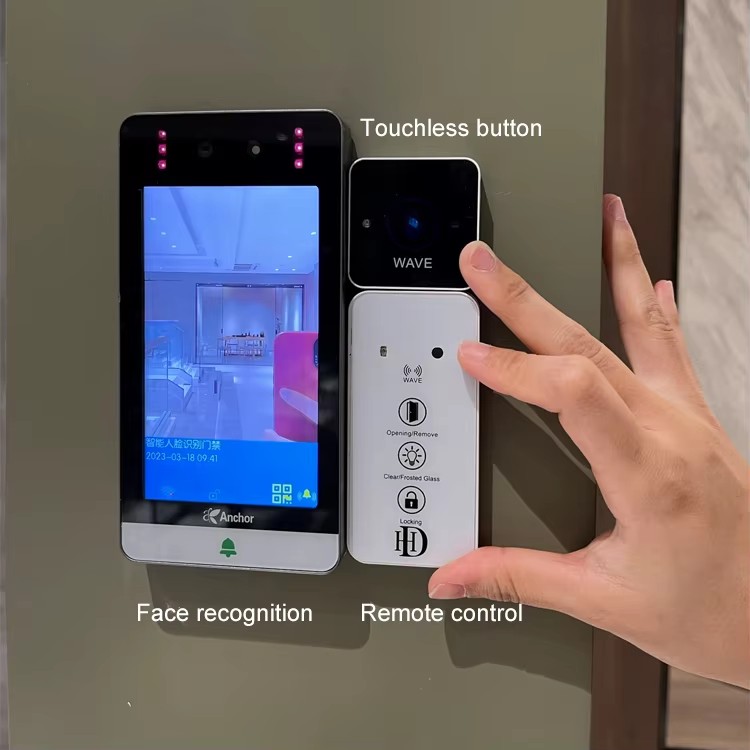
In the evolving landscape of contemporary architecture, where functionality meets aesthetic ambition, few elements embody the synergy between utility and design as seamlessly as automatic glass sliding doors. These unassuming yet indispensable fixtures have transcended their role as mere entryways to become integral components of smart buildings, sustainable infrastructure, and human-centric spaces. From high-end retail boutiques to bustling airport terminals, and from cutting-edge hospitals to luxury residences, automatic glass sliding doors silently orchestrate the flow of people, light, and energy, redefining how we interact with built environments. This article delves into the technology, design philosophy, safety protocols, and future trajectory of automatic glass sliding doors, exploring their profound impact on modern living and architectural innovation.
I. The Mechanics Behind the Motion: Decoding the Technology
At first glance, an automatic glass sliding door appears to glide open and close with effortless grace. Yet beneath this fluidity lies a sophisticated interplay of engineering systems, each working in concert to ensure precision, reliability, and adaptability.
1. Drive Systems: The Powerhouse of Movement
The core of any automatic sliding door lies in its drive mechanism. Two primary technologies dominate the market: belt-drivenand chain-drivensystems. Belt-driven doors, utilizing high-tensile steel belts or toothed belts, are favored for their quiet operation and low maintenance requirements—ideal for spaces like hotels or libraries where noise disruption is a concern. Chain-driven systems, by contrast, employ robust metal chains for heavier-duty applications, such as industrial facilities or high-traffic commercial hubs, where durability under frequent use is paramount.
Both systems are powered by brushless DC motors, which offer superior energy efficiency compared to traditional AC motors. These motors generate torque that translates into linear motion, propelling the door panels along tracks. Advanced models incorporate variable speed control, allowing the door to adjust its opening and closing speed based on real-time conditions—slowing near the fully open position to prevent abrupt stops, for example, or accelerating during peak foot traffic to minimize wait times.
2. Sensor Networks: The Eyes and Ears of the Door
Automatic operation hinges on the door’s ability to “sense” human presence and movement. A layered sensor ecosystem ensures reliability:
-
Presence Sensors: Microwave radar sensors emit low-frequency radio waves, detecting motion through solid objects (like walls or glass) and even in low-light conditions. They excel at identifying approaching individuals from up to 3 meters away.
-
Infrared (IR) Arrays: Complementing radar, IR sensors project a grid of invisible beams across the doorway. If any beam is interrupted, the door triggers—useful for stopping closure if someone is walking through or preventing collisions with stationary obstacles.
-
Laser Scanners: In high-security or precision environments (e.g., data centers), laser-based systems map the doorway with millimeter accuracy, distinguishing between humans, pets, and inanimate objects to reduce false activations.
-
Touchless Controls: For added convenience, many doors integrate gesture sensors or proximity switches. A wave of the hand or a brief pause near the doorframe suffices to activate operation, aligning with touch-free hygiene trends post-pandemic.
3. Control Systems: The Brains Orchestrating Flow
Modern automatic doors are not standalone devices but nodes in a broader building management network. Centralized control panels, often equipped with programmable logic controllers (PLCs) or IoT-enabled software, manage parameters such as opening/closing speed, hold-open times, and safety overrides. Advanced models integrate with smart building systems, responding to occupancy data from Wi-Fi trackers or motion sensors elsewhere in the facility. For instance, in a shopping mall, doors near elevators might stay open longer during peak shopping hours, while those in quieter zones adjust to lower traffic patterns.
Safety is non-negotiable, and control systems incorporate fail-safes: anti-pinch technology uses pressure-sensitive edges or optical sensors to detect obstructions, reversing the door’s motion if resistance is met. Emergency override functions allow manual operation via a recessed handle or remote control, ensuring compliance with accessibility standards (e.g., ADA in the U.S. or EN 16005 in Europe).
II. Design Aesthetics: Bridging Transparency and Space
One of the most compelling attributes of automatic glass sliding doors is their ability to enhance architectural intent. Unlike hinged doors, which can disrupt sightlines or create visual clutter, sliding doors disappear into pocket walls or recessed tracks when open, maximizing usable space and preserving the building’s visual continuity.
1. Glass as a Design Medium
The choice of glass itself is a design statement. Tempered glass, with its strength and clarity, is standard, but architects often specify laminated glass (for sound insulation or security), low-iron glass (to reduce greenish tints), or coated glass (for solar control or privacy). Textured or frosted glass can add depth, while smart glass—capable of tinting on demand—blends functionality with futuristic appeal, reducing glare and heat gain in sunlit spaces.
2. Minimalist Integration
Hidden track systems and flush-mounted door panels epitomize modern minimalism. In high-end retail stores, for example, doors with nearly invisible seams and slim profiles allow the focus to remain on the merchandise rather than the entryway. Similarly, in healthcare facilities, seamless designs minimize dust accumulation and simplify cleaning, critical for infection control.
3. Customization for Context
Automatic doors are far from one-size-fits-all. Manufacturers offer bespoke solutions tailored to architectural styles: Art Deco buildings might feature ornate stainless steel frames, while Scandinavian-inspired designs prioritize slim, matte-black profiles. Color options, from brushed aluminum to custom powder-coating, ensure harmony with surrounding materials like stone, wood, or metal cladding.
III. Safety and Reliability: Engineering Trust
In public spaces, the stakes for door safety are extraordinarily high. Automatic glass sliding doors must balance convenience with uncompromising protection for all users—children, the elderly, and individuals with disabilities.
1. Compliance with Global Standards
Doors sold in most markets adhere to rigorous safety certifications. In Europe, EN 16005 mandates testing for crush and shear forces, requiring doors to reverse direction if obstructed with just 50N of force (equivalent to a gentle push). In the U.S., ADA guidelines specify clear opening widths (at least 32 inches) and low-force activation (no more than 5N to start motion). Fire-rated doors, common in commercial buildings, undergo additional testing to ensure they remain operational during emergencies while preventing smoke and flame spread.
2. Material Science and Durability
The glass panels themselves undergo thermal tempering, a process involving rapid heating and cooling to increase strength by 4–5 times compared to annealed glass. If shattered, tempered glass fractures into small, blunt pieces, reducing injury risk. Aluminum frames, treated with anodization or powder coating, resist corrosion and UV degradation, ensuring longevity even in harsh climates.
3. Maintenance as a Safety Imperative
Regular servicing—including sensor calibration, track lubrication, and motor checks—is critical. Leading manufacturers offer remote monitoring services, using IoT sensors to detect anomalies (e.g., increased motor current indicating track misalignment) and alert technicians before failures occur. This proactive approach minimizes downtime and ensures continuous safe operation.
IV. Applications Across Sectors: Tailoring Solutions to Needs
Automatic glass sliding doors find purpose in diverse environments, each demanding unique adaptations.
1. Commercial Retail and Hospitality
In malls and boutique stores, doors serve as silent brand ambassadors. High-traffic entrances feature heavy-duty systems capable of handling 10,000+ cycles per year, with fast opening speeds (up to 1.2m/s) to reduce queues. Hotels, prioritizing guest experience, opt for whisper-quiet operation and sleek designs that align with lobby aesthetics. Some luxury properties integrate doors with room access systems, allowing guests to enter via a single credential.
2. Transportation Hubs
Airports, train stations, and bus terminals demand doors that thrive in chaotic, high-volume settings. Here, durability and speed are paramount. Wide-stile doors (up to 3 meters in height) accommodate luggage carts and wheelchairs, while multi-panel systems (e.g., four sliding panels) maximize throughput. Sensors are calibrated to ignore luggage or rolling carts, preventing false closures.
3. Healthcare Facilities
Hospitals and clinics require doors that balance infection control, accessibility, and patient comfort. Antimicrobial coatings on frames and glass reduce microbial growth, while hands-free operation minimizes contact points. In operating theaters or isolation wards, specialized doors with sealed frames and air pressure differentials maintain sterile environments.
4. Residential Innovation
Once exclusive to commercial spaces, automatic glass sliding doors now grace luxury homes. Homeowners value their ability to connect indoor and outdoor living areas seamlessly—think patio doors that open with a voice command or smartphone app. Smart home integration allows synchronization with lighting, HVAC, and security systems; for example, the door might trigger interior lights and adjust the thermostat when opened on a cold evening.
V. Sustainability: Redefining Energy Efficiency
As global focus shifts toward decarbonization, automatic glass sliding doors emerge as unsung heroes in sustainable design.
1. Minimizing Thermal Bridging
Advanced door systems address a historic challenge: heat loss through gaps around moving parts. Double-sealed gaskets and thermal breaks in aluminum frames reduce air infiltration by up to 80% compared to older models, lowering heating and cooling costs. In passive house certifications, such doors are critical to meeting stringent energy targets.
2. Solar Control and Daylight Harvesting
Low-emissivity (Low-E) glass and solar control coatings reflect infrared radiation, keeping interiors cooler in summer and reducing reliance on air conditioning. Meanwhile, the door’s transparency maximizes natural daylight, decreasing the need for artificial lighting—a key factor in LEED (Leadership in Energy and Environmental Design) certification.
3. Recyclability and Circular Design
Aluminum frames are highly recyclable, with up to 95% of material recovered and reused. Some manufacturers are exploring bio-based composites for non-structural components, further reducing reliance on virgin plastics. End-of-life recycling programs ensure doors do not end up in landfills, aligning with circular economy principles.
VI. The Future: Intelligence, Interconnectivity, and Beyond
The trajectory of automatic glass sliding doors points toward greater intelligence, integration, and sustainability.
1. AI-Powered Predictive Operation
Machine learning algorithms will analyze historical foot traffic data to predict peak times, adjusting door speed and hold-open durations proactively. In retail, this could mean doors staying open wider during lunch rushes; in offices, closing earlier at night to conserve energy.
2. Enhanced Interconnectivity
As buildings become “smarter,” doors will communicate with other systems in real time. A fire alarm could trigger doors to fully open, creating evacuation paths, while a security breach might lock them automatically. Integration with voice assistants (e.g., Alexa, Siri) or gesture recognition will make interaction even more intuitive.
3. Material Breakthroughs
Emerging technologies like self-healing glass (with microcapsules of repair agents) or electrochromic glass that tints on demand could revolutionize door performance. Additionally, 3D-printed components may reduce manufacturing waste and enable more complex, customized designs.
Conclusion: More Than a Door—A Gateway to Progress
Automatic glass sliding doors are far more than functional entryways; they are symbols of architectural progress, blending cutting-edge technology with human-centric design. By enabling seamless movement, enhancing aesthetics, prioritizing safety, and contributing to sustainability, they have become indispensable to modern life. As innovation continues, these doors will not only adapt to our needs but also anticipate them, shaping smarter, more inclusive, and more beautiful built environments for generations to come. In a world where every detail matters, the automatic glass sliding door remains a silent yet powerful testament to the marriage of engineering and imagination.







 Home
Home Sep 29,2025
Sep 29,2025 
 The Elegance and Functionality of Interior Glass Sliding Doors: A Comprehensive Guide
The Elegance and Functionality of Interior Glass Sliding Doors: A Comprehensive Guide 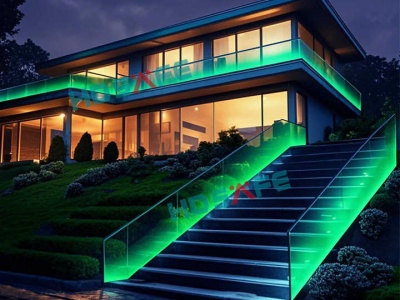
 May 28,2025
May 28,2025 
